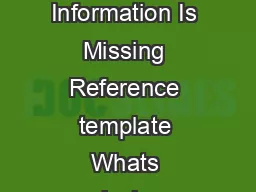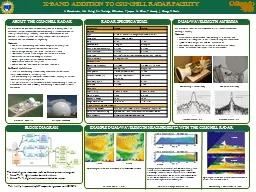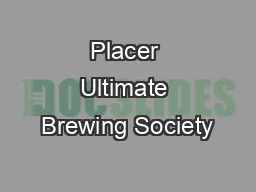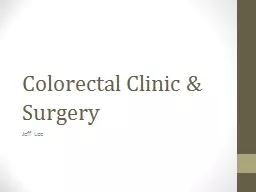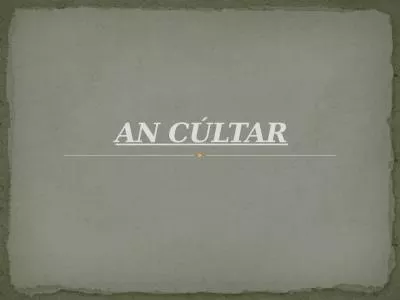PPT-Chill Position Chill Position
Author : tickorekk | Published Date : 2020-06-17
When Miss Jaques needs your attention give her your eyes freeze give her all of your attention and do not talk Chill can happen by saying Chill blowing whistle
Presentation Embed Code
Download Presentation
Download Presentation The PPT/PDF document "Chill Position Chill Position" is the property of its rightful owner. Permission is granted to download and print the materials on this website for personal, non-commercial use only, and to display it on your personal computer provided you do not modify the materials and that you retain all copyright notices contained in the materials. By downloading content from our website, you accept the terms of this agreement.
Chill Position Chill Position: Transcript
Download Rules Of Document
"Chill Position Chill Position"The content belongs to its owner. You may download and print it for personal use, without modification, and keep all copyright notices. By downloading, you agree to these terms.
Related Documents


